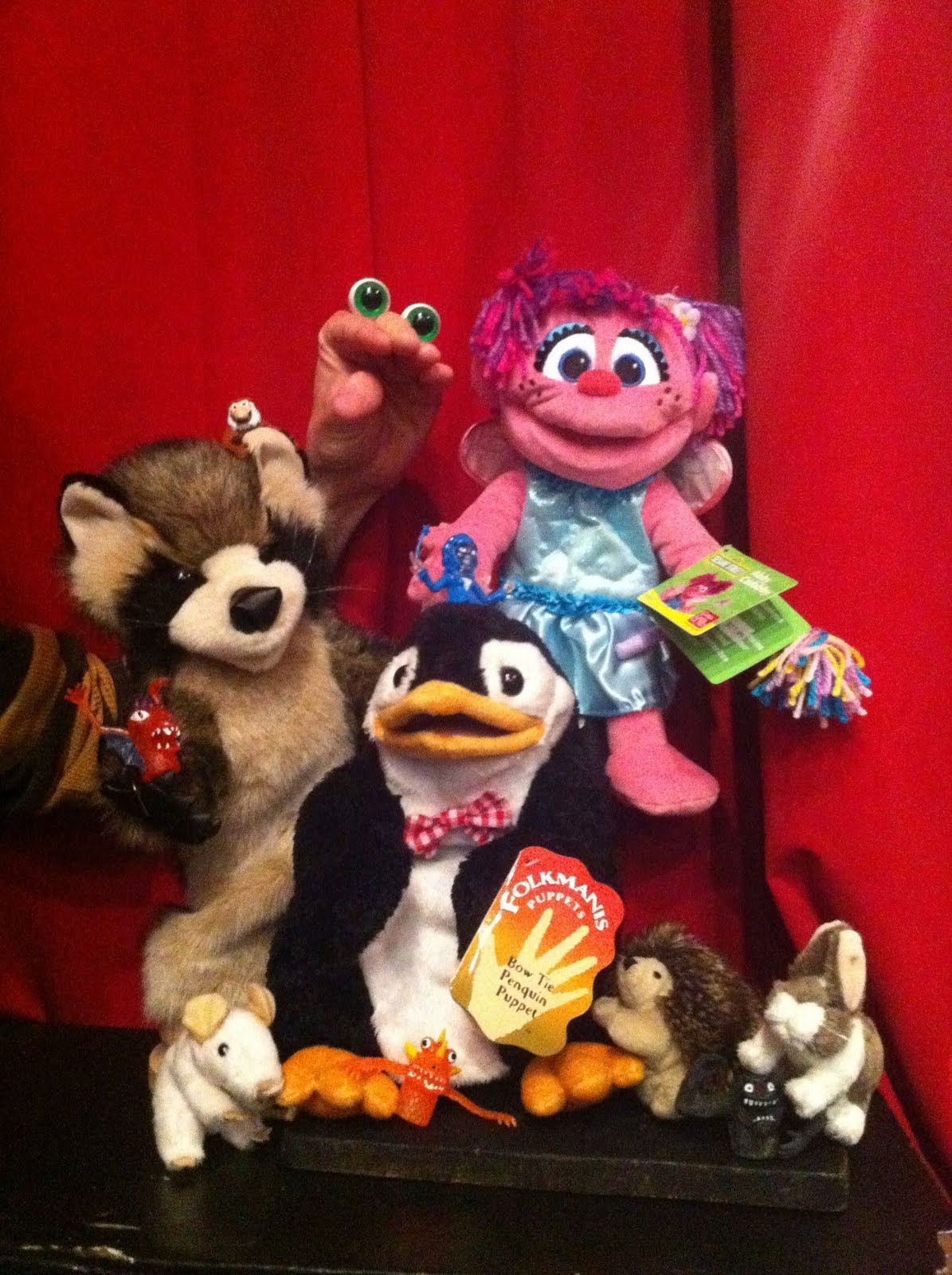

Easy to construct and after play, it stores very easily into its compact box with plastic carry handle. Popular in homes and schools around the world, both Theatre and Shop role-play help children develop their imagination, speaking and confidence skills and are not only adored activities but make a refreshing relief from screen-based activities. Equally suitable for boys and girls, it complements the popular Fiesta Crafts’ Puppets range. Both the theatre and shop can be constructed as a table top theatre too. On the other side is a bold red and white themed traditional shop front. On one side it’s a glamorous, colourful theatre stage, complete with high quality tie-back curtains, star-print front cloth and ruffled valance with detailed theatre-masks motif. The Fiesta Crafts Puppet Theatre and Shop is a colourful fabric and wooden floor-standing theatre that simply turns around to become a traditional play-shop.
The puppetry store update#
This consistency in code and module structure makes it easier to update and maintain the code.Children love to perform and play ‘shop’, so what could be better than this multi-award winning toy that gives them both! This style guide promotes consistent formatting in the Puppet language, giving you a common pattern, design, and style to follow when developing modules. The following overview covers some of the key components of the Puppet language, including catalogs, resources, classes and manifests.Ī quick reference of syntax examples for the Puppet language. If you are new to Puppet, start with the Puppet language overview. Language reference, we call out areas where the order of statements matters. For example, variables must be set before they are referenced. Several parts of the Puppet language depend on evaluation Those manifests into catalogs, and applies each catalog to its corresponding node toĮnsure the node is configured correctly, across your infrastructure. Manifestsĭescribe how your network and operating system resources, such as files, packages, and You'll describe the desired state of your system in files called manifests. You'll use Puppet's declarative language to describe

Delete a module release from the Forge API.Documenting modules with Puppet Strings.Installing and managing modules from the command line.Creating templates using Embedded Puppet.Write a deferred function to store secrets.Using special features in implementation methods.Writing custom functions in the Puppet language.Low-level method for developing types and providers.Develop types and providers with the Resource API.Designing system configs (roles and profiles).Regenerating certificates in a Puppet deployment.CSR attributes and certificate extensions.Applying metrics to improve performance.

Infrastructure certificate revocation list (CRL).
The puppetry store upgrade#



 0 kommentar(er)
0 kommentar(er)
